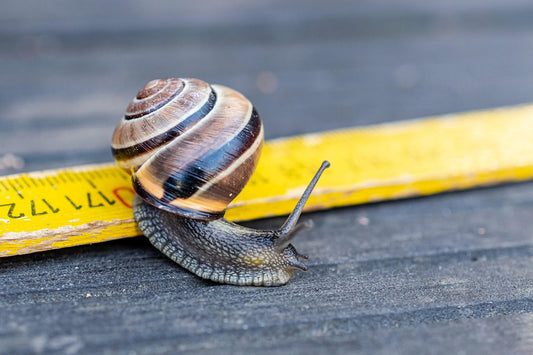It's not always easy to separate fact from fiction because few things in life are black and white enough to make simple judgments.
For example, years ago a young technician who became a reviewer, Enid Lumley, drove three and a half hours to PS Audio headquarters to report a discovery she had made. Our phono stage sounded better upside down. A claim that both Stan and I had trouble not laughing at.
And yet.
Enid was a good listener, proving to me time and again she heard things that were valid. So, who were we to dismiss out of hand her claim?
It wasn't until years later when I was introduced to Doug Blackwell's invention, the VPI Brick, that it dawned on me what had happened with Enid. And she was right.
The VPI Brick was a wood encased set of steel transformer laminations. Placed atop a preamp or amplifier, it improved sound quality by managing stray magnetic fields inside the unit (or so it has been said). However it worked, it worked, and its impacts were audible and repeatable.
What Enid had discovered was the same thing. When she flipped the phono stage over, the internal PCB got closer or farther from the metal platform which she also claimed was necessary to complete the miracle. Clearly, the proximity to the metal substrate the unit sat atop affected sound quality in the same way as a VPI Brick.
Only, without all the facts we rejected her observation as foolish and turned to ridicule instead.
It's often difficult to separate fact from fiction and always easier to dismiss and ridicule instead.
But that might be a mistake.








